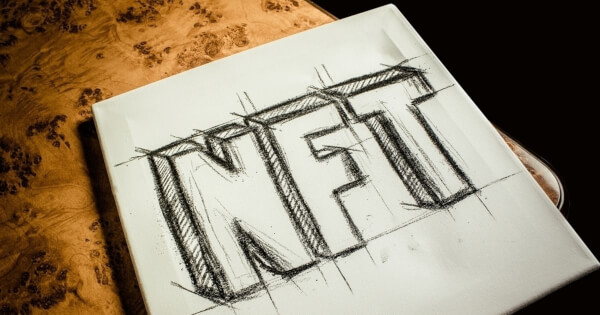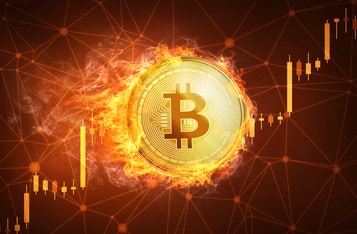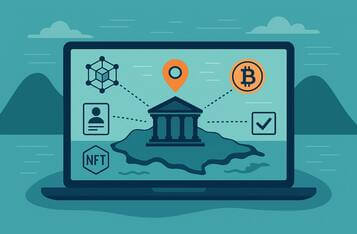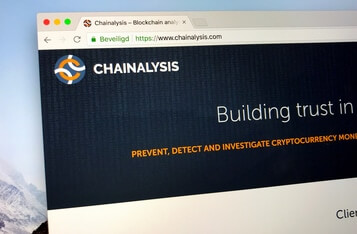NFT Lending Protocol Bend DAO Proposes New Measures against Bankruptcy Crisis
Subject to the bankruptcy crisis caused by depleted Ethereum reserves, NFT lending protocol Bend DAO has proposed new emergency measures pending a governance vote.

The NFT lending protocol provides asset collateral for NFT holders by using their NFT assets as collateral to borrow ETH. When someone deposits an NFT into BendDAO, they can borrow up to 40% of the collectable's reserve price in ETH.
If the reserve price falls below a certain threshold, NFT depositors can liquidate their assets.
According to the Bend DAO development team:
"We are sorry that we underestimated how illiquid NFTs could be in a bear market when setting the initial parameters."
At present, the platform has lent a total of 16,500 ETH, and the ETH loan utilization rate has soared from 57.6% to 86.8%.
NFT depositors are at risk of losing their NFTs if their collectable value plummets. Still, those who deposited ETH into the protocol will also suffer if the protocol cannot recover enough funds to pay them back.
To save the protocol from a credit crisis, the Bend Dao development team proposes to limit the liquidation threshold for collateral to 70% of the loan value, lower than 85%.
The company said it is also reducing the auction time for NFTs on its platform from 48 hours to four hours and removing the requirement that the minimum bid price for NFTs on Bend DAO is tied to 95% of the reserve price of popular digital collectables trading platform OpenSea.
BendDAO has liquidated 12 NFTs collateralized for ETH loans since August 14.
Image source: Shutterstock
NFT Transactions Projected to Hit $40m by 2027 amid Metaverse Trend







